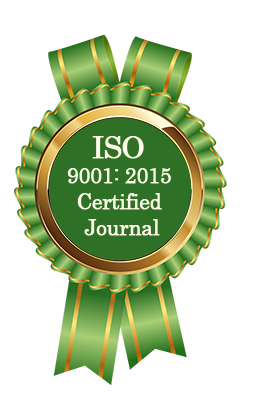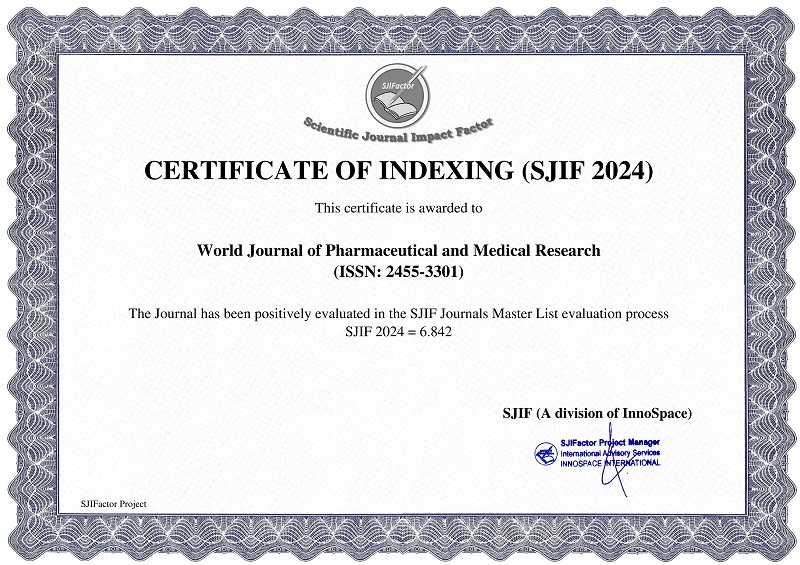INTEGRATING PATHYA APATHYA PRINCIPLES IN PANDU ROGA
Dr. Diksha Thakur* and Dr. Rajnikant Rohila
ABSTRACT
Panduroga (Anaemia) is a clinical condition characterized by a reduction in the concentration of haemoglobin in the blood, varying according to the individual's age, sex, and physiological status. It manifests predominantly as pallor or yellowish-white discoloration of the skin and mucous membranes. Ancient Ayurvedic texts describe Panduroga either as an independent disease entity or as a symptom associated with other pathological conditions. Among the foundational concepts of Ayurveda, Ahara (Diet) holds a pivotal role, being one of the Trayopasthambhas—the three pillars of life that sustain health and balance. The role of diet in the prevention and management of diseases has been extensively highlighted by the Acharyas. In the context of Panduroga, specific Pathya (Wholesome) and Apathya (Unwholesome) dietary and lifestyle guidelines have been prescribed, emphasizing the therapeutic potential of appropriate nutritional practices. This article explores the significance of Ahara in the management of Panduroga, as delineated in classical Ayurvedic literature, and its relevance in contemporary clinical practice. Ayurvedic dietary guidelines for managing Panduroga are explored trough insights from classical texts and assessing their relevance in modern clinical settings. It also emphasizes the preventive role of Ahara in maintaining Raktadhatu health, highlighting its importance in both the prevention and treatment of the disease.
[Full Text Article] [Download Certificate]



